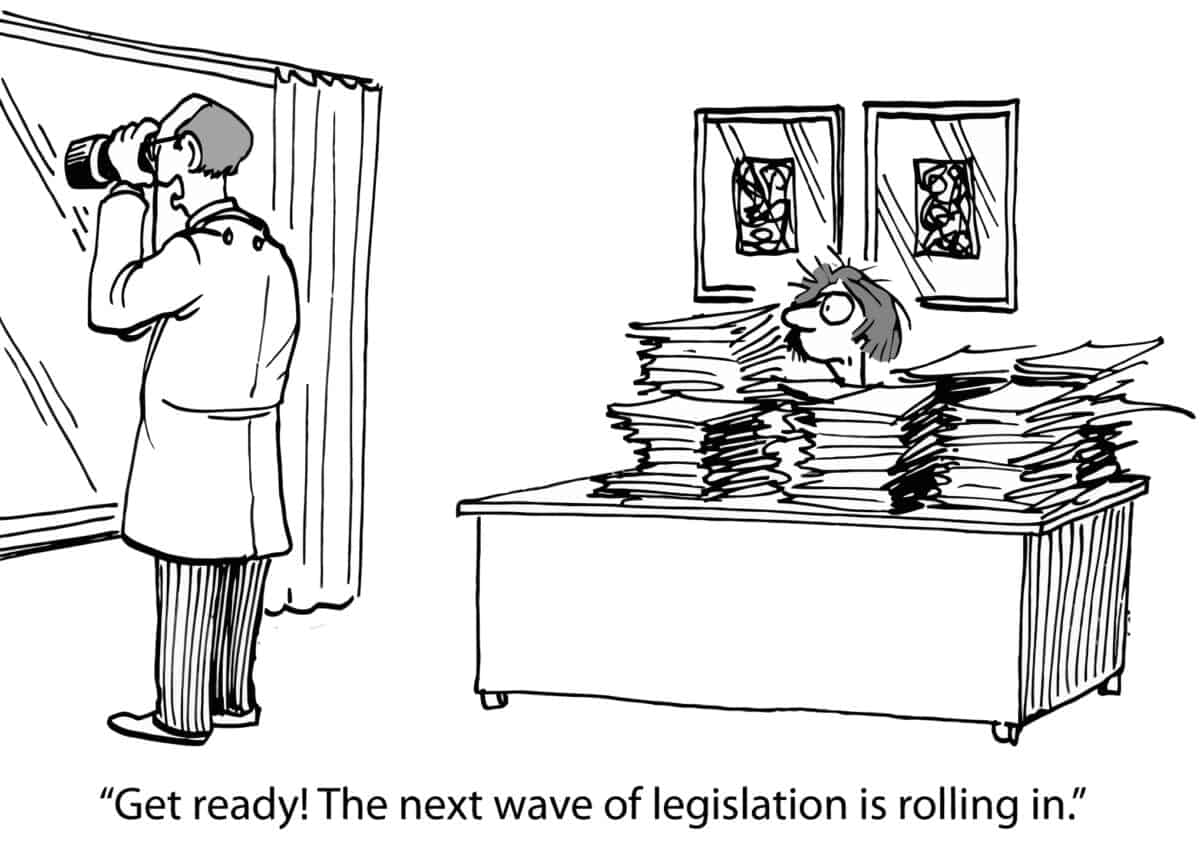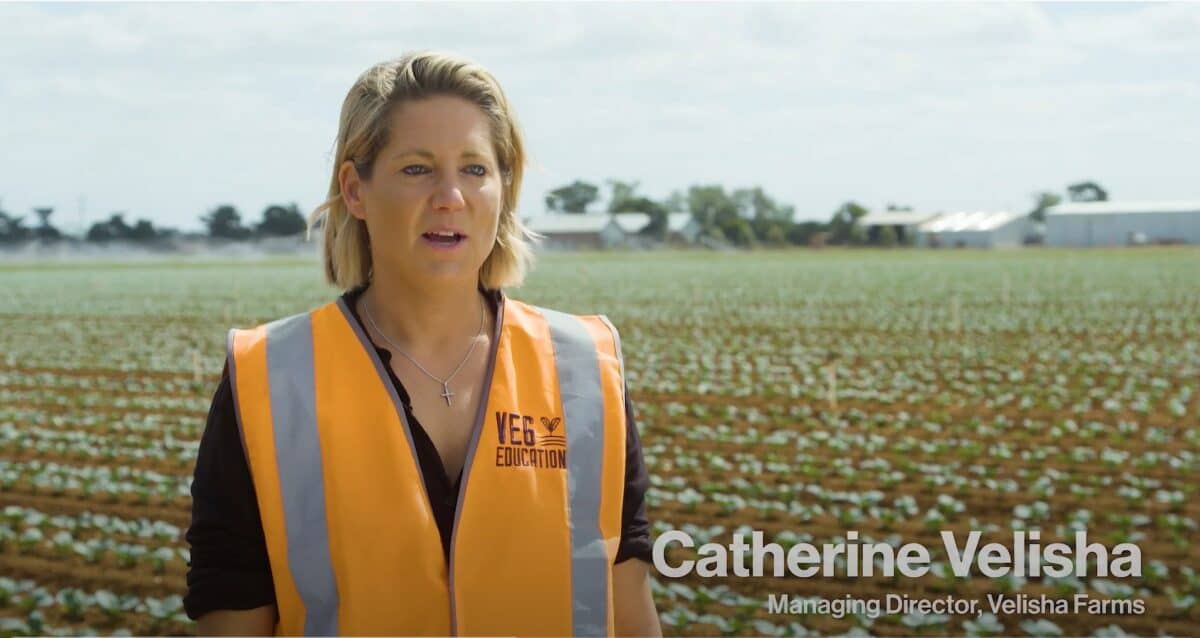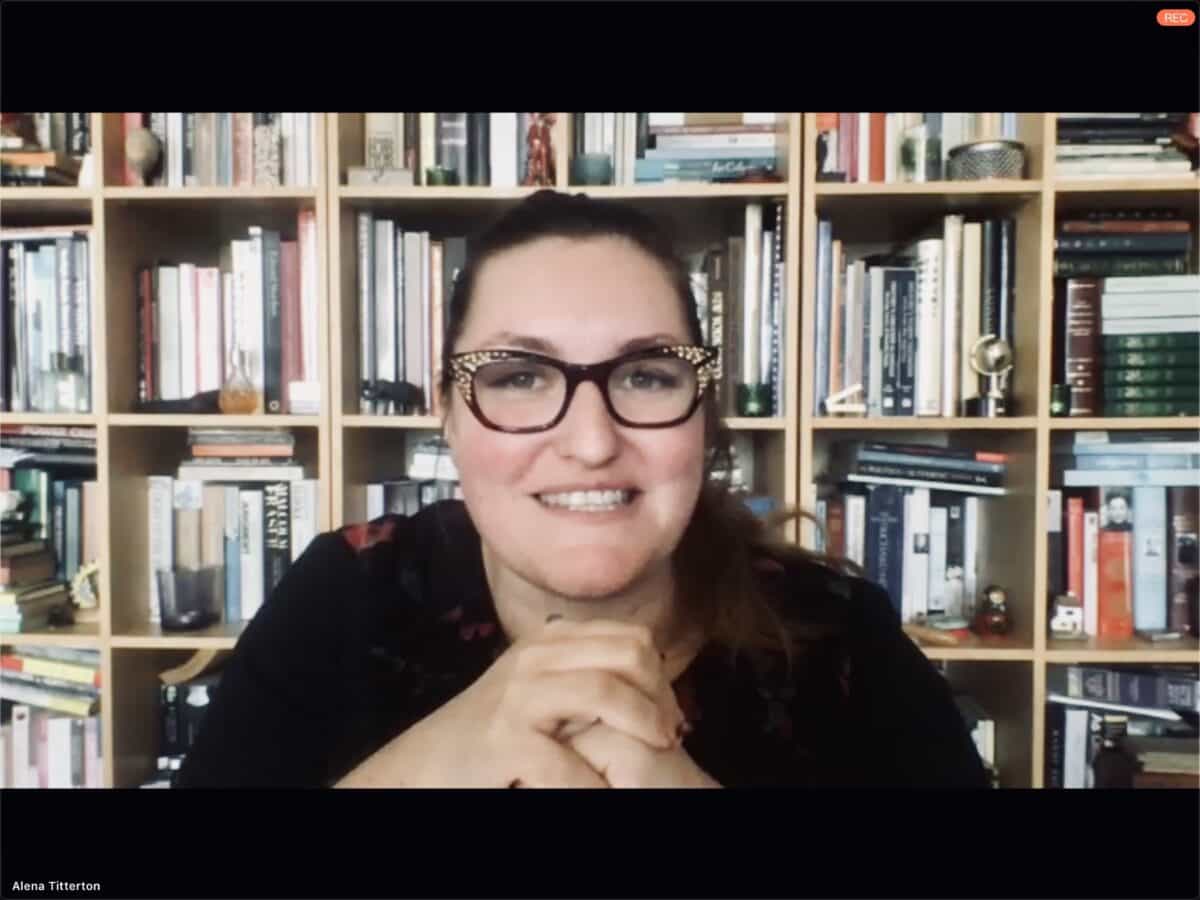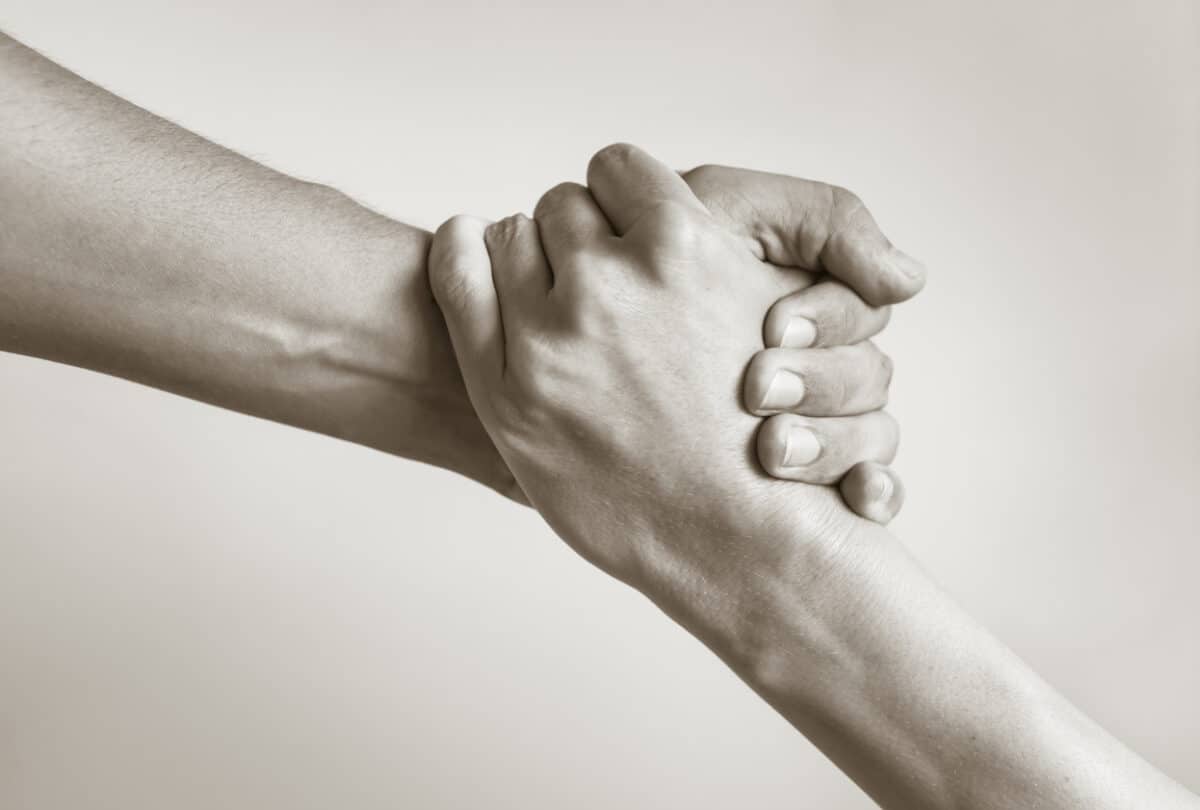The big occupational health and safety (OHS) news in Australia has been the release of the federal government’s response to the Respect@Work report on sexual harassment in Australian workplaces. And the biggest issue in that response seems to be the government’s lack of enthusiasm for a major recommendation of Sex Discrimination Commissioner Kate Jenkins, the inclusion of a positive duty in the sexual discrimination legislation. Many lawyers have been asked for their opinions on the government’s response, but very few OHS professionals.
Category: Duty of Care
A traditional farm safety campaign with tweaks
For the last few years, farm safety has been dominated by arguments over the safety of quad bikes. Squabbles continue in Australia, but that topic is largely over, and many are returning to a broader and more contemporary approach to health and safety in farming.
It looks like WorkSafe Victoria has begun to roll out its farm safety ambassadors with Catherine Velisha on the cover of a recent edition of Stock and Land newspaper and in a Youtube video. This is supported by a full article on page 3 with an additional article in a glossy supplement provided with WorkSafe’s support.
The article is a blend of promotion for Velisha’s farm management training company and media releases from WorkSafe Victoria. The occupational health and safety (OHS) statistics are new but not very different from previous statistics. Middle-aged men continue to be a feature of the fatality statistics, and 58 on-farm deaths happened in 2020, the same as the year before. Quad bikes have been a major factor in those deaths.
Everyone wants to see consequences
In discussing the current changing power structures in Australian politics, journalist Annabel Crabbe wrote:
“The driving element of the new power is this: Actions that previously did not carry consequences are now carrying consequences. Behaviour that was once tacitly acceptable in the elaborate and bespoke workplace that is Parliament House is now — with the benefit of sunlight — recognised as unacceptable.”
On March 24 2021, lawyer Alena Titterton explained what underpins the calls for Industrial Manslaughter laws as:
“Everyone wants to see consequences.”
In many social policy and political areas, Australia is seeing a change in “the social will” to fill the current void in political will. This is a useful perspective through which to view recent Industrial Manslaughter campaigns.
Playing the man and not the hazard
People like Ken Phillips continue to pursue Premier Daniel Andrews and others for alleged breaches of occupational health and safety (OHS) laws over COVID19-related deaths stemming from failures in Victoria’s hotel quarantine program. On March 17 2021, the pressure to hold the Premier to account increased in the Victorian Parliament, largely under the guise of OHS duties.
On March 17, 2021, the following motion was put to the Legislative Council by the Liberal Party’s Shadow Attorney General, Edward O’Donoghue:
“… that this House calls on the Minister for Workplace Safety, the Hon Ingrid Stitt MLC, to exercise her power, confirmed in section 7(1)(a) of the Occupational Health and Safety Act 2004, to direct WorkSafe Victoria to —
Hansard, pages 23-24
(1) conduct an urgent investigation into all occupational health and safety risks and corresponding responsibilities for duty holders within the Hotel Quarantine Program managed by COVID-19 Quarantine Victoria and its predecessors with responsibility for hotel quarantine;
(2) ensure the report includes details of the health and safety risks and corresponding responsibilities for duty holders;
(3) complete the inquiry and present a Report to the Minister for Workplace Safety by 31 May 2021; and
(4) cause the Report to be tabled in the Council on the next sitting day after it has been received from WorkSafe Victoria.”
OHS in IR’s shadow
In the world of work, industrial relations (IR) continues to lead discussions with occupational health and safety (OHS) as an additional motivator of change (If we’re lucky) or a consequence of IR negotiations, for which we are supposed to be grateful. This seemed to be on display again in one Australian Senate Committee hearing in March 2021.
The Senate’s Economics Reference Committee sat in Melbourne on March 11, 2021. The inquiry hearing was part of the investigation into the “the causes, extent and effects of unlawful non-payment or underpayment of employees’ remuneration by employers and
measures that can be taken to address the issue…”, more commonly referred to as “wage theft”.
Selective duty of care being applied by the Australian Government – from the archive
Yesterday’s article on Comcare’s recent charging of two organisation over workplace-related harm to others generated so much interest that I have (re)published an article from 2016 that analysed an earlier, similar issue. Please also read the comments below and consider adding your own.
Australia’s work health and safety (WHS) laws confirmed the modern approach to workplace safety legislation and compliance where workers and businesses are responsible for their own safety and the safety of others who may be affected by the work. The obligations to others existed before the latest WHS law reforms, but it was not widely enforced. The Grocon wall collapse in Victoria and the redefinition of a workplace in many Australian jurisdictions through the OHS harmonisation program gave the obligation more prominence but has also caused very uncomfortable challenges for the Australian government – challenges that affect how occupational health and safety is applied in Australian jurisdictions.
Continue reading “Selective duty of care being applied by the Australian Government – from the archive”The duty of care to “others”
In 2019 a man took his own life while being detained in the Villawood Immigration Detention Centre. At the time media reports said that the death was being referred to the appropriate authorities and the New South Wales Coroner.
On March 10, 2021, Comcare charged:
“The Department of Home Affairs and its healthcare provider (IHMS) ……with breaching Commonwealth work health and safety laws over the death of a man in immigration detention.”
Such an action against a government department under occupational health and safety (OHS) was always possible, as SafetyAtWorkBlog and others discussed in 2016.






